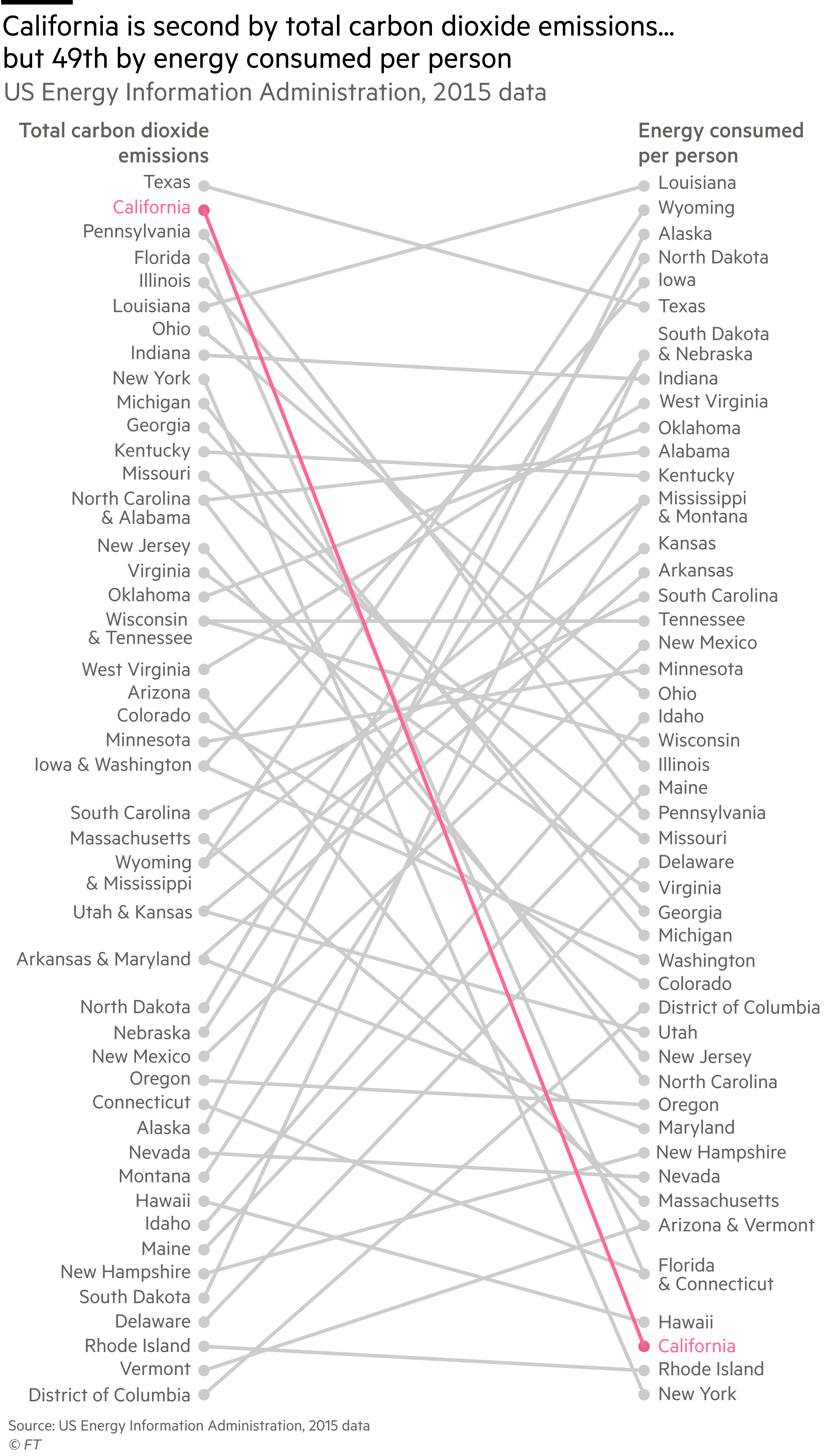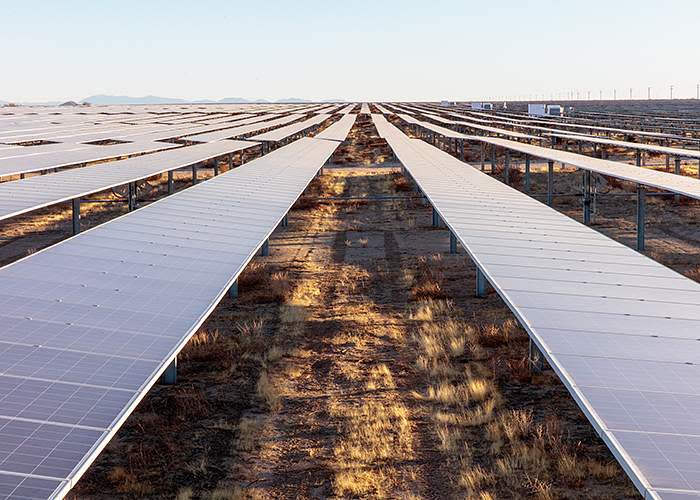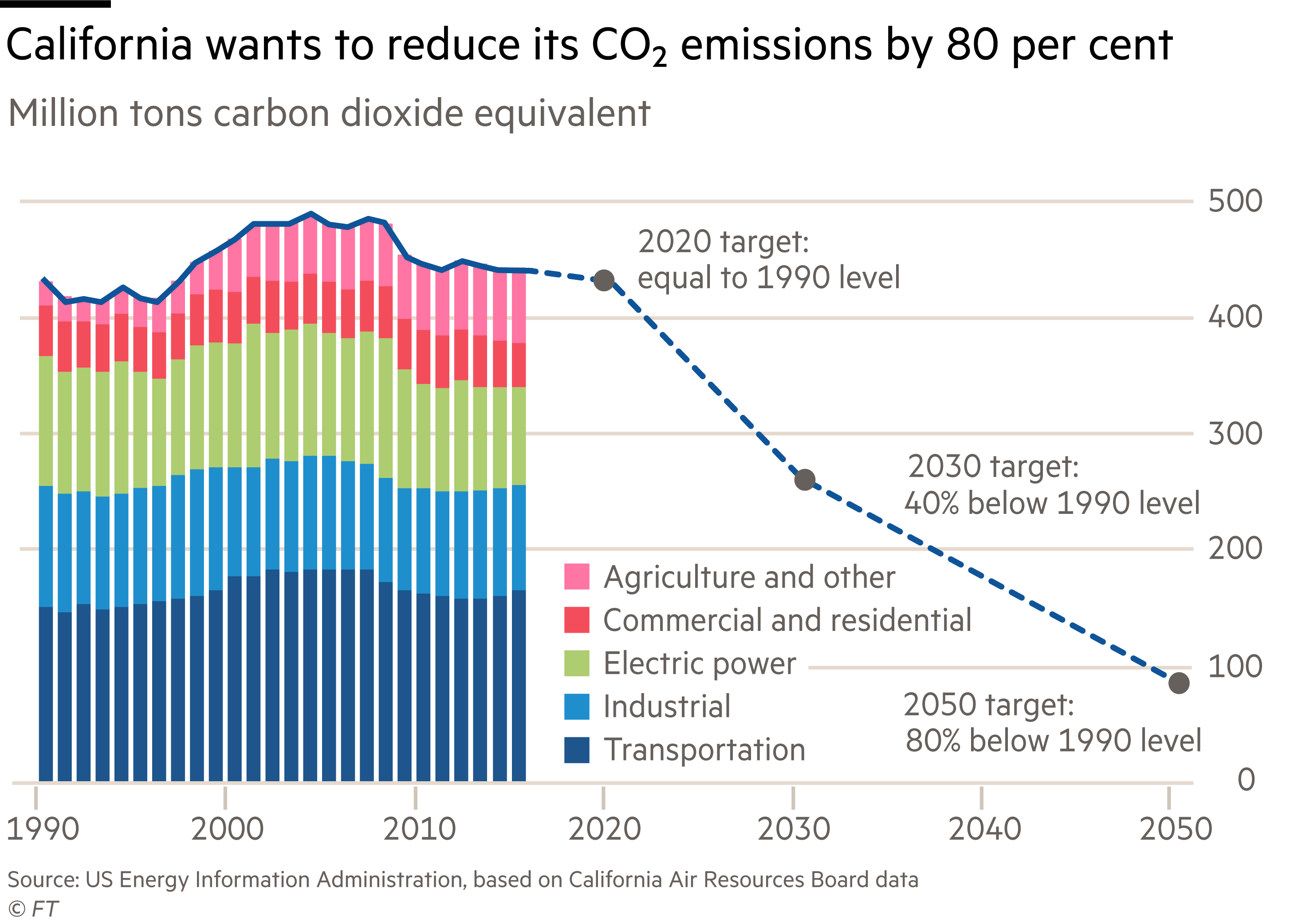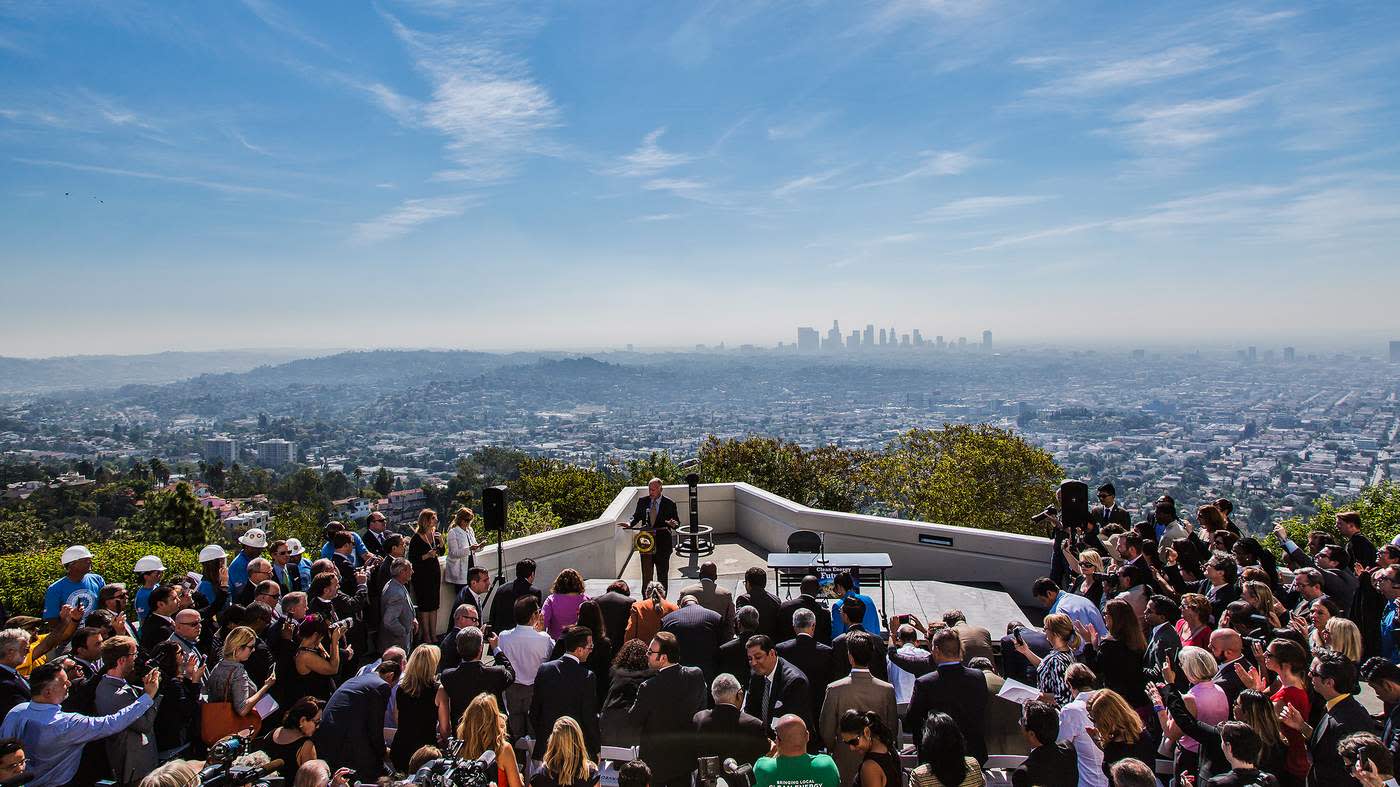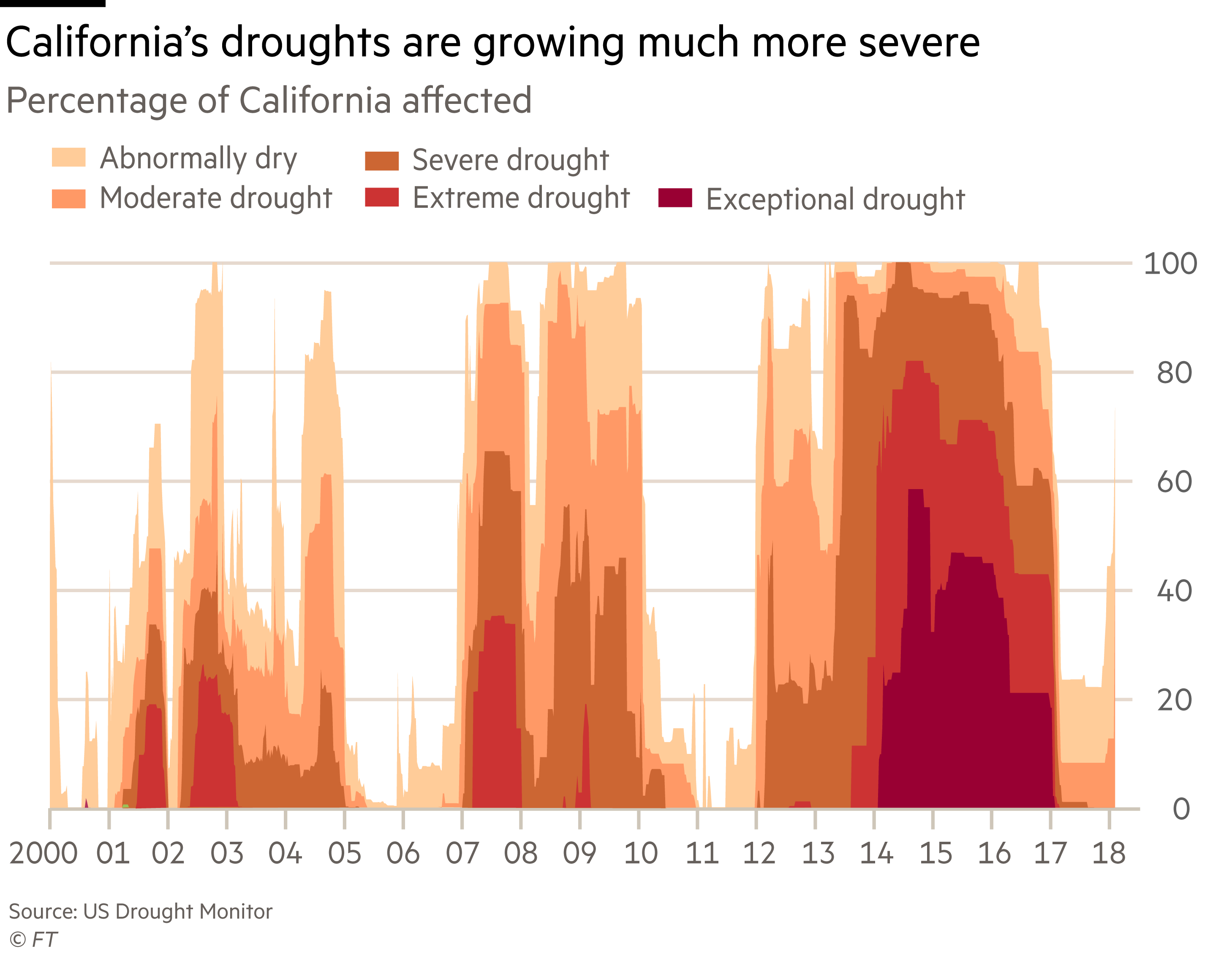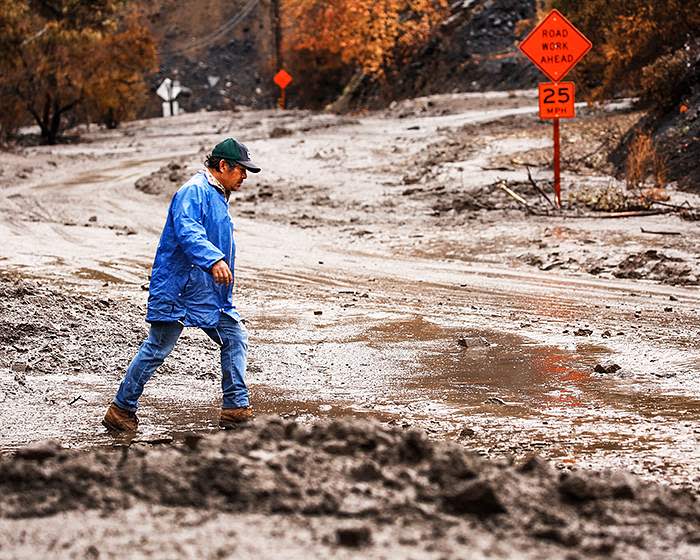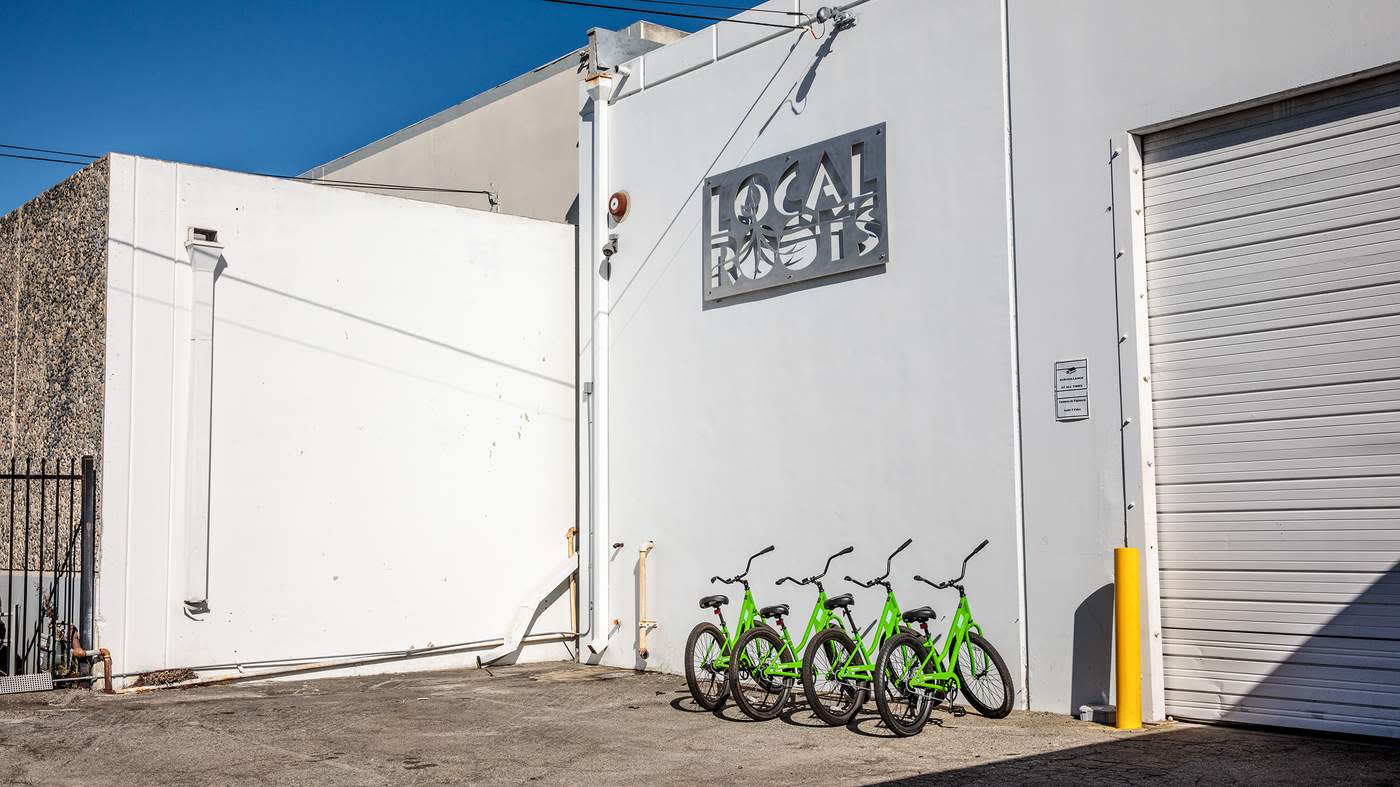On California state route 14, about 70 miles north of Los Angeles, somewhere between Mojave and the ghost town of Garlock, Martin Hermann has built what he believes is a small but symbolic slice of electricity’s future: a state of the art solar farm that, for the first time, produces electricity in California more cheaply than a plant powered by fossil fuels.
Springbok 2, as the project is called, was conceived and built by his company, 8minutenergy, a nod to how long it takes for the sun’s rays to reach earth. The company is now one of the largest in the US solar-power market, with 7,500MW of solar power and more than 50,000 acres of land under development in California, Texas and the south-east, as well as south Asia. It has 700MW of power production already in operation and another 800MW to be completed by next year.
Springbok 2, with its shimmering solar modules spread over 700 acres of farmland abandoned more than two decades ago, is part of a three-phase project that, when complete, will supply about 5 per cent of Los Angeles’ electricity requirements during the summer. The 30-year power purchase agreement with the Los Angeles Department of Water and Power (LADWP) generates energy at $58 per megawatt-hour (or $35-$38 adjusted for estimated lifetime inflation).
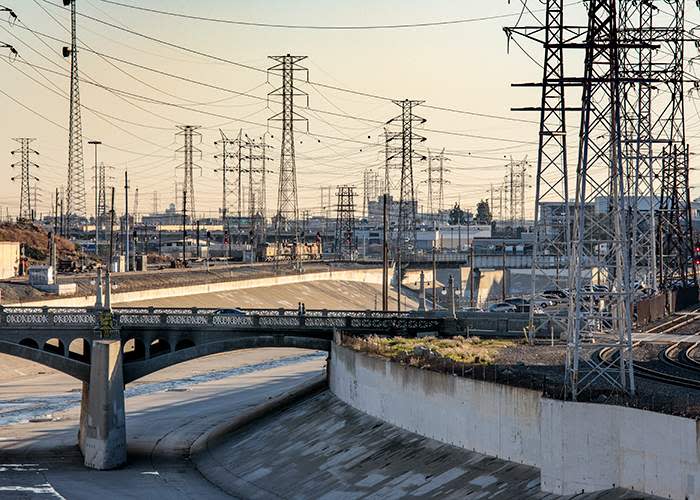
A forest of transmission towers in Los Angeles
“Renewable energy is now lower in price than fossil fuel,” says Mr Hermann, a German who came to California via his previous career in the semiconductor industry. A 2017 study from investment bank Lazard showed that, in the US, coal cost $60-$143 per megawatt hour, while solar could be as low as $43. “So the value proposition just on an economic basis is already more attractive — cleaning up the planet is thrown in for free.”
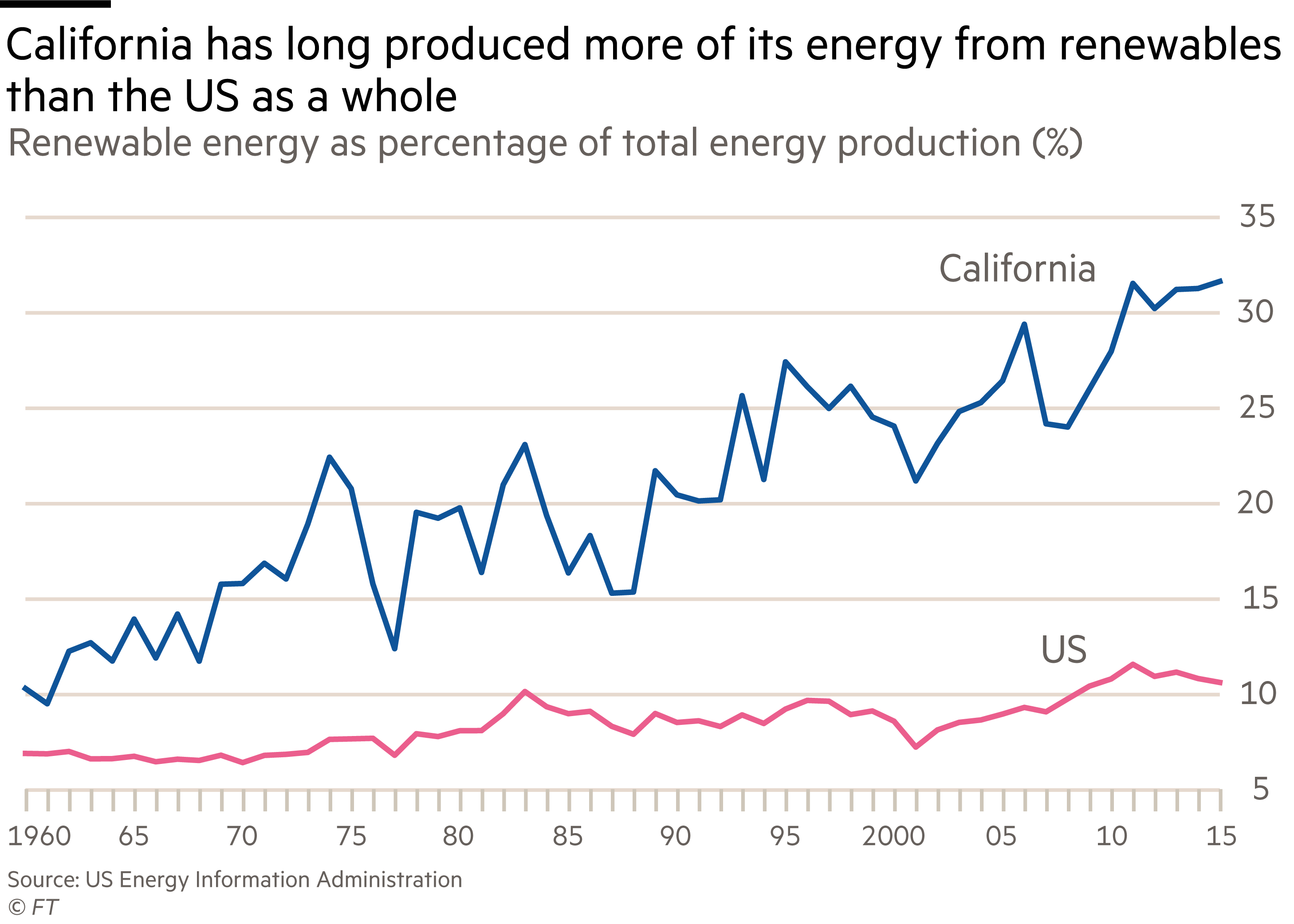
8minutenergy is one of thousands of companies in California, the world’s leading laboratory of technological innovation and environmental regulation, that are trying to fight climate change and the risks it poses to populations, businesses and urban centres. They are doing this both by using less energy and by changing the way it is produced.
California is the world’s sixth-largest economy, with a gross domestic product of $2.6tn, placing it above France and India. Its population of about 39m, on a par with that of Poland, makes it by far the biggest US state.
Its energy use is similarly massive. According to the California Energy Commission, the state consumed 290,567 gigawatt-hours of electricity in 2016 — more than one-third from natural gas and roughly one-quarter from renewable sources.
After years of hype and false starts, the shift to clean power has begun to accelerate at a pace that has taken the most experienced experts by surprise. Wind and solar parks are being built at unprecedented rates, threatening the business models of established power companies. Electric cars are selling fast — Bloomberg New Energy Finance predicted 1m were sold globally in 2017 — and this is driving down the price of batteries. “This clean energy disruption has just started,” says Per Lekander, a portfolio manager at London’s Lansdowne Partners hedge fund, who has tracked global energy markets for more than 25 years.
What makes Mr Hermann, who started 8minutenergy in 2009, so confident is that at the heart of today’s solar photovoltaic (PV) modules sits a semiconductor similar to the ones in today’s smartphones or laptop computers. Between now and the end of the next decade, he predicts, the price of solar power will fall by more than half.
Martin Hermann of 8minutenergy says California is in the perfect position to lead the renewable energy movement
Pivotal to reaching those goals is California’s so-called cap-and-trade scheme, which sets limits on the volume of emissions that companies can produce, lowering them over time to oblige companies either to cut their emissions or buy credits to cover them. Companies that do reduce their emissions can then either sell credits they earn to other companies or hold them for use at a later date.
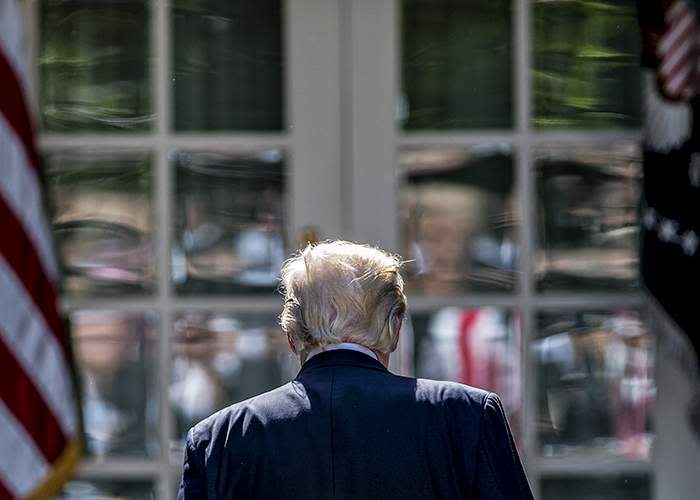
President Donald Trump walks away after announcing that the US would withdraw from the Paris accord
In June 2017, just as Mr Trump said that the federal government would turn its back on the Paris accord, Mr Brown signed an agreement with China, promising to work together on reducing emissions. (In January 2018, Mr Trump suggested the US could rejoin a renegotiated Paris agreement.) Without taking swift action, warned Mr Brown, “disaster still looms”.
Many others agree. The members of We Are Still In, a movement that now includes more than 2,500 local governments, colleges and companies across the US, have pledged to stick to the goals set out in the Paris accord.

Visitors reject President Trump's position at COP23, the UN's climate change conference, in Bonn, Germany, in 2017
California’s efforts are also about responsibility, Mr Garcetti argues. “Our first responsibility is to the people who live here, our second responsibility is to the global commons and our third is to the interconnectivity of what confronting global climate change can do in a positive way to our economy, to our social fabric.”
Lying a few miles south of downtown Los Angeles, Vernon is not the sort of place you would associate with clean, green living. There are no parks in the small city, which has a population of just above 100 people, and trees are hard to come by.
From above, Vernon’s five square miles of one-storey warehouses and meatpacking plants look like a grimy mosaic in multiple shades of grey — a fitting monument to how intense urbanisation has scarred the natural landscape.
But inside one of Vernon’s industrial units, Eric Ellestad is piecing together what he believes is the start of a food and energy revolution. Local Roots Farms, the company he co-founded in 2013, takes used shipping containers and, with the help of in-house technology, turns them into highly productive and self-contained farms.
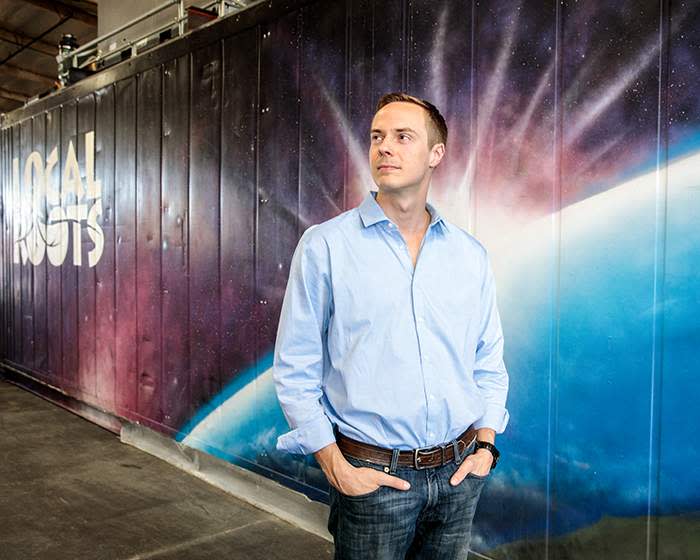
Eric Ellestad, co-founder of Local Roots Farms
Research points to traditional farming and its accompanying distribution system as a leading contributor to climate change. The Consultative Group on International Agricultural Research, a collaboration of 15 research centres spread around the world, has found that today’s global food system, including the production of fertiliser, storage and packing of food, is responsible for as much as one-third of human-caused greenhouse gas emissions. Any attempt to limit climate change, it concluded in 2012, must include reducing agriculture’s carbon footprint.
Local Roots Farms’ shipping containers, which the company itself fits out and equips, look more like space-age labs filled with cutting-edge technology. An LED lighting system, designed by the company’s engineers, provides specific photon wavelengths that vary in intensity — a precise cocktail formulated for each of the crops inside.
Meanwhile, the company’s team of agronomists work with its software engineers to collect data on plant growth and conditions inside each container, all of which feed into the company’s cloud-based neural network and help to fine-tune algorithms tailored for individual crops. The result is a computer-controlled micro-management of everything a plant experiences during every second of its life.
“Farmers have been trying to control the environment since forever,” says Mr Ellestad. “But we now have an efficient array of tools, data and techniques to make better decisions.” He says that it is difficult to calculate the energy savings of his farms compared to traditional outdoor methods.
But the reduction is significant even when taking the single measure of transportation: studies suggest that fruit and vegetables in the US travel an average of 1,500 miles between farm and consumer; produce from his farms travels 50 miles on average. Businesses such as Local Roots Farms could contribute to the development of a much more localised — and energy-efficient — agriculture sector.
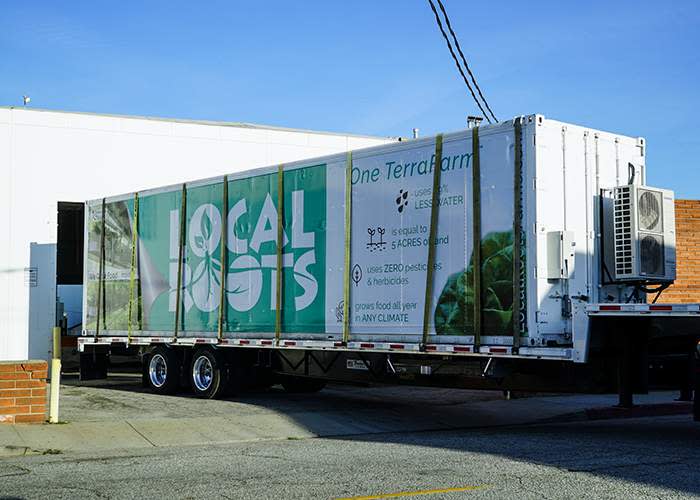
One of Local Roots Farms' self-contained TerraFarms
Mr Ellestad, who studied medicine before becoming an entrepreneur, claims that his “TerraFarms”, as he calls the converted shipping containers, use up to 99 per cent less water than traditional outdoor farming methods because they recycle and reuse the water in their hydroponic systems.
Moreover, each container can produce 4,000 heads of lettuce every 12 days — equivalent to the production of about four acres of farmland, according to the company. Local Roots Farms aims to provide efficient farming units that can operate in any climate and within a day or so of point-of-sale locations.
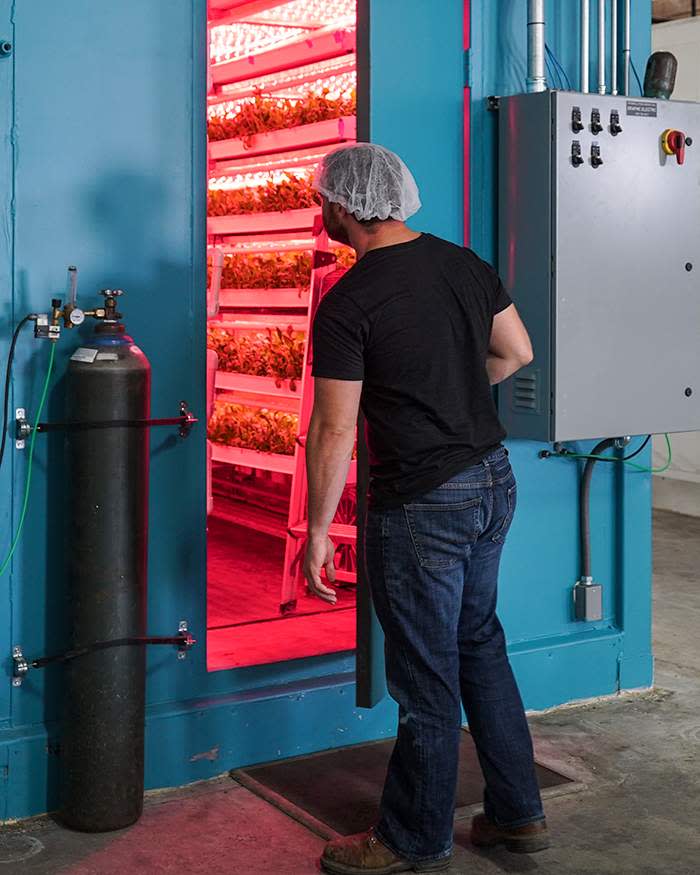
One TerraFarm can grow 4,000 heads of lettuce every 12 days
Local Roots Farms, which has raised $10m in an initial funding round and is in the middle of a second, bigger round, already has contracts with several restaurant chains in California as well as a number of other food-service companies. The company is about to move into larger facilities in LA where it will have 50 TerraFarms producing food for local clients.
But it is setting its sights on deals with the biggest US food retailers across the country. “The goal is to increase access to fresh, healthy and affordable food,” says Mr Ellestad. “That is how you start to feed the planet.”
Reporter: Adam Thomson
Photography and video: Tod Seelie
Editor: Josh Spero
Picture and video editor: Alan Knox
Interactive designer: Cleve Jones
Production editor: George Kyriakos
Additional photography: AFP/Getty Images, Corbis via Getty Images, LA Times via Getty Images, Reuters, Bloomberg
© THE FINANCIAL TIMES LTD 2018


